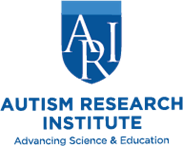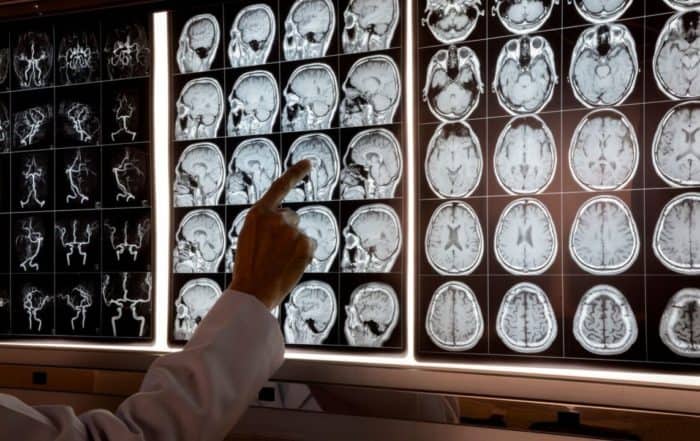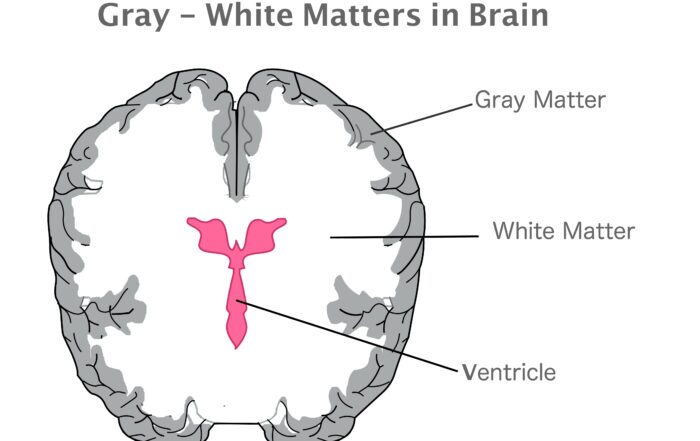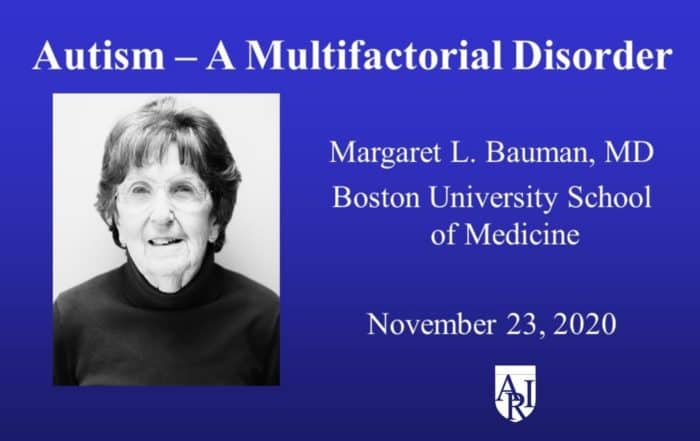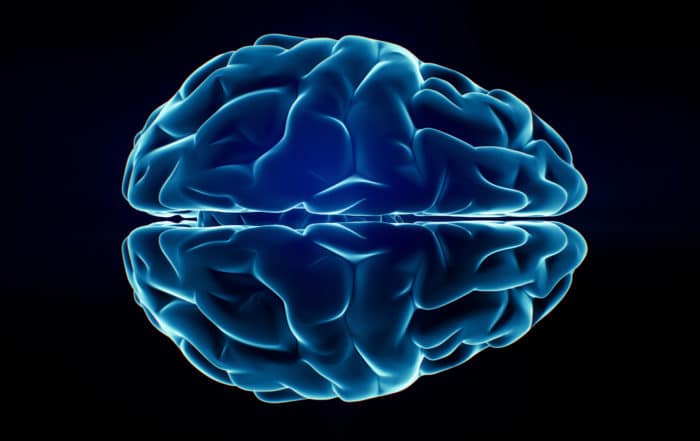For more than 20 years, researchers have been studying TMS as a potential therapy for a number of neurological and psychiatric conditions. The U.S. Food and Drug Administration (FDA) has cleared the use of TMS for the treatment of depression in adults who haven’t been helped by medication. The use of TMS for autism is an emerging area of research.
Free certificates of participation are available upon successful completion of a brief knowledge quiz HERE
Want to learn more? Dr. Lindsay Oberman’s March 2018 presentation on TMS is available online HERE
Published: 12/05/2018

Improving Clinical Understanding of Autism
Free webinar at 1 p.m. Eastern time (US), Wednesday, November 6, 2024 Learn about emerging research on improvements in clinical understanding that can be gained by applying findings from the neurosciences field.
White Matter Development and Language in Autism
Free webinar at 1 p.m. Eastern time (US), Wednesday, April 24, 2024 Learn about emerging research on white matter development and language abilities during infancy in autism. The speaker:
Behavioral and Brain Signatures of Autism in Females
Kaustubh Supekar, Ph.D., examines recent findings about gender/sex differences in autism phenotypes and brain organization. He highlights the underrepresentation of females in autism and underscores the need for a large-scale science approach. The
Overview: Medical Comorbidities and ASD
In this brief overview, neurologist Margaret Bauman, MD summarizes symptoms and signs of medical comorbidities that frequently occur, but may go unrecognized, in patients diagnosed with ASD. While the underlying cause of autism spectrum
Brain Tissue Bank – Research Brings Hope
Tune in as David Amaral, Ph.D., presents on advances in brain tissue donation and research. This presentation is on YouTube and can be shared on social media, via email, on websites, etc.
Research updates on transcranial magnetic stimulation for ASD
For more than 20 years, researchers have been studying TMS as a potential therapy for a number of neurological and psychiatric conditions. Listen as Dr.

